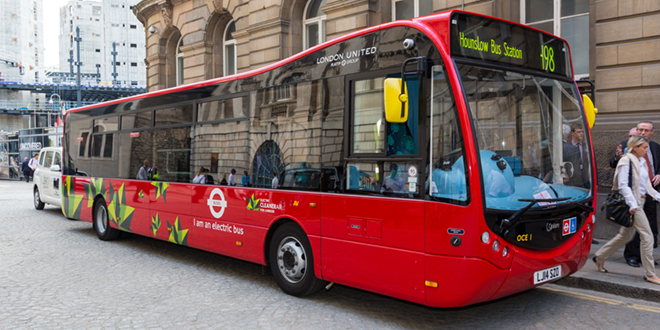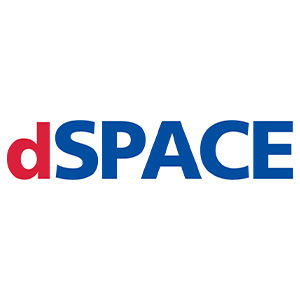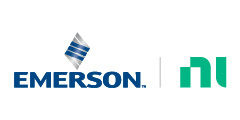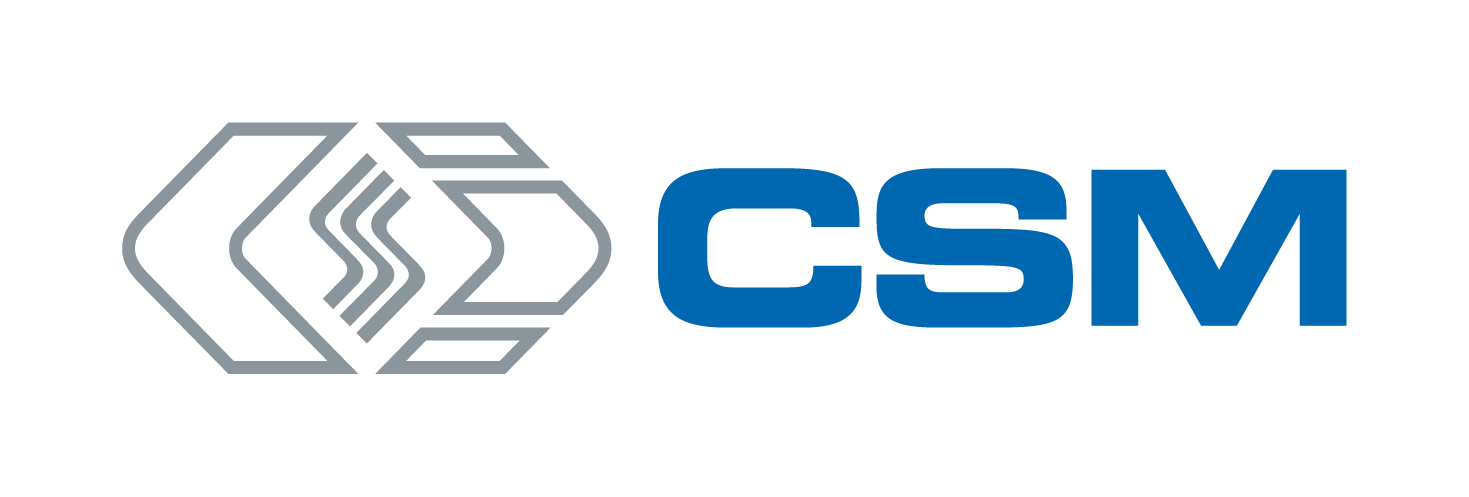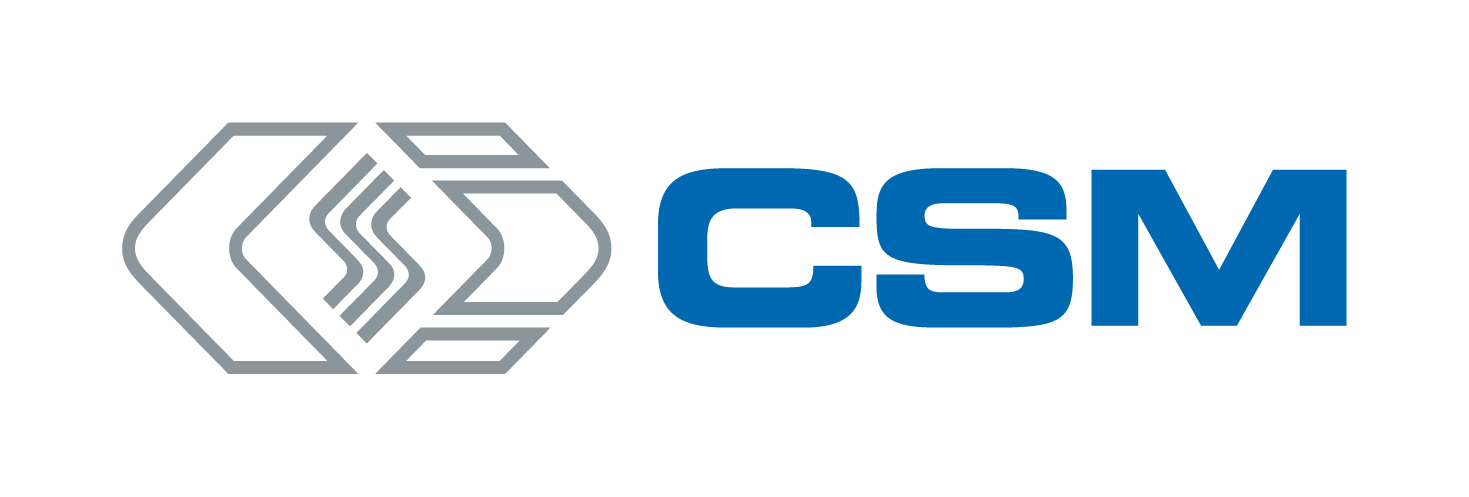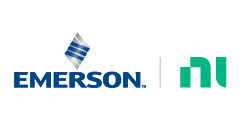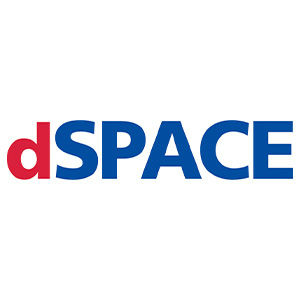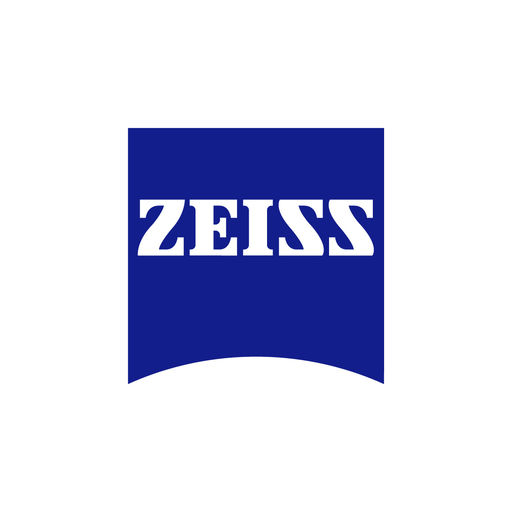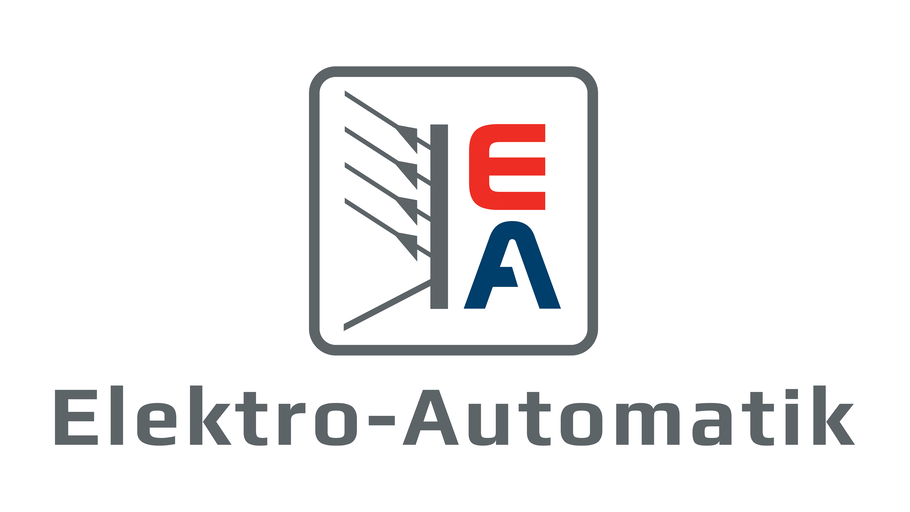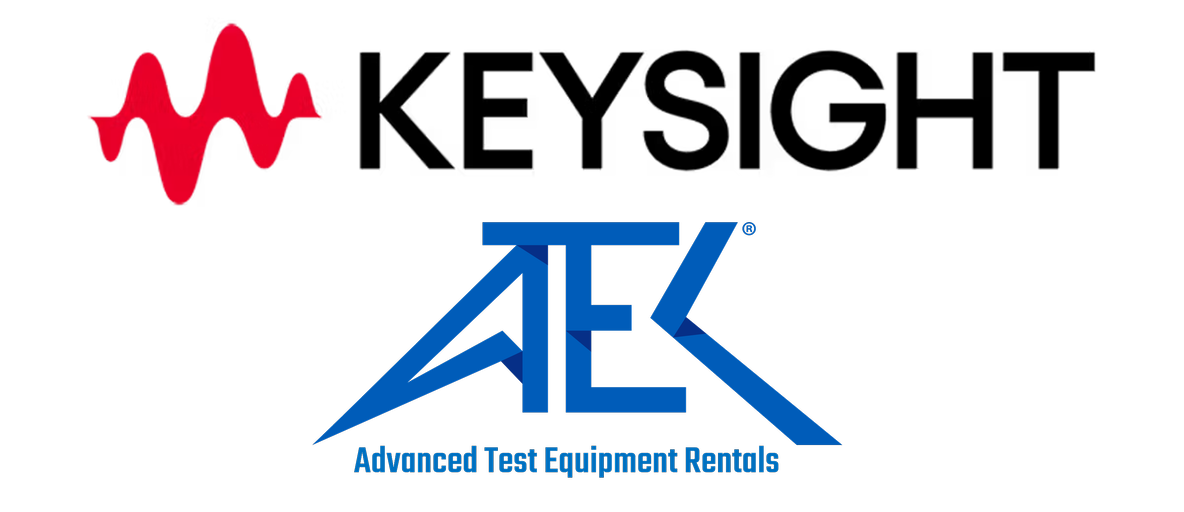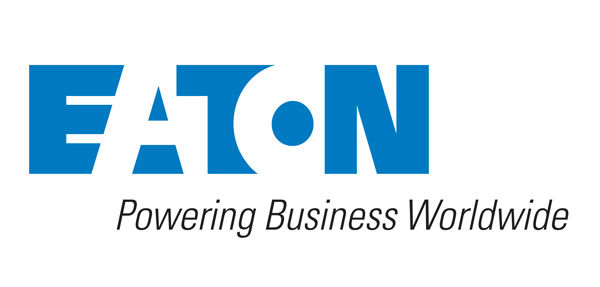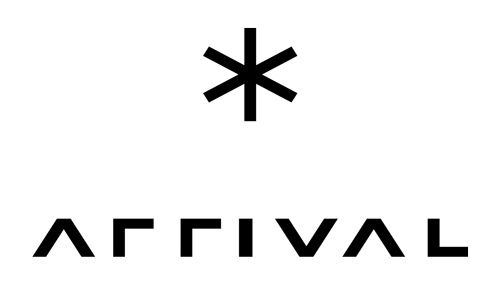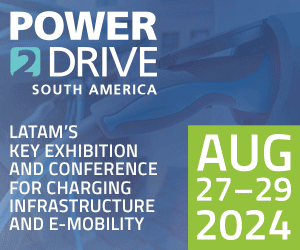London’s world-famous red buses are steadily going electric. Two single-deck e-buses built by the Spanish firm Irizar went into passenger service last week on routes 507 and 521, which link Waterloo station with Victoria and London Bridge stations. By autumn of 2016, all 51 buses serving these two routes will be electric.
E-buses from several manufacturers are currently in service in the capital, including two from Chinese company BYD and six manufactured in the UK by Optare. A trial of the world’s first pure electric double-decker bus will begin in October.
Transport for London (TfL)’s fleet also boasts eight zero-emission hydrogen buses, and over 1,300 hybrid buses. A trial of inductive charging technology, which will enable diesel hybrid buses to wirelessly charge while they wait at bus stands, will begin in the fall.
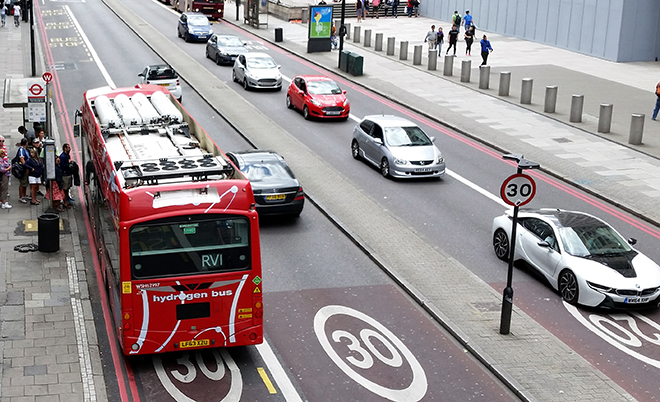
By 2020, the plan is for all 300 single-deck buses operating in central London to be zero-emission (either battery-electric or hydrogen) and all 3,000 double-deck buses to be hybrids.
“TfL has always been at the forefront of deploying new, green technology in order to reduce harmful emissions from its bus fleet,” said Mike Weston, TfL’s Director of Buses. “I am delighted to announce that two further routes are to convert to fully electric operation – giving our passengers a quieter, smoother journey and also delivering significant environmental benefits. Electric buses represent another important step in our ongoing efforts to reduce emissions, significantly improving air quality in the capital.”
Source: Transport for London via Green Car Congress




